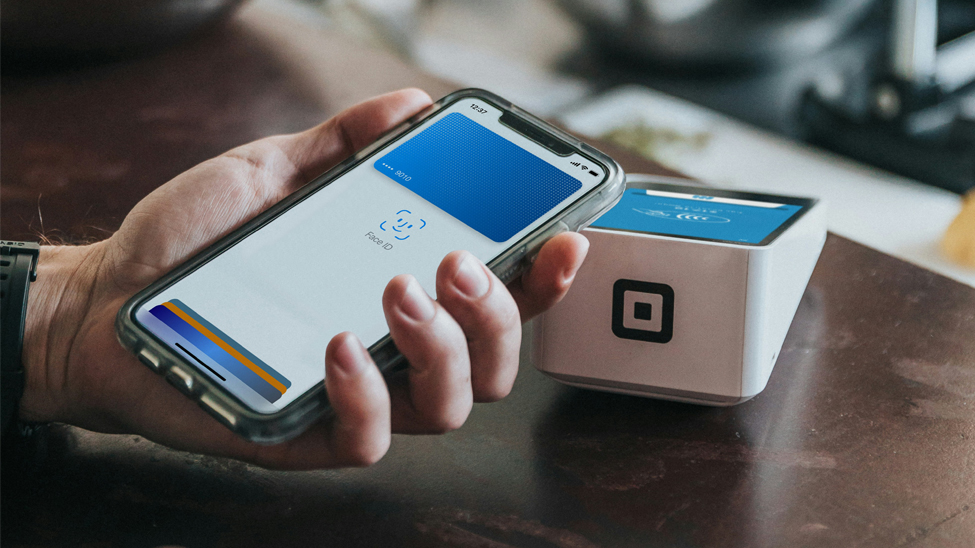Guest contributor |
Consumers and businesses want convenient, reliable and secure ways to secure their financial transactions. Over the years, the financial sector has responded with several payment innovations that push the boundaries of what is possible. More and more people are turning to digital payments. By 2024, the total transaction value for digital payments is expected to reach $11.53 trillion, according to Statista Market Insights.
Whether online or in-store, customers want options for how payments are made. Contactless and mobile payments such as Apple Pay, Google Wallet and Samsung Pay have become the norm due to the pandemic, and their popularity continues to grow today. With a simple tap or swipe on their phone, customers can pay for almost anything, anywhere.
Payment options are also becoming more flexible and accessible. “Buy now, pay later” solutions allow customers to buy something now and pay in installments, often without additional interest. This approach is reshaping the way people manage their finances and becoming a favorite among shoppers and retailers.
Speed is an integral part of digital payments. Customers and businesses expect to complete transactions in just seconds and get immediate confirmation and settlement. Instant payment systems around the world, such as FedNow and RTP in the United States, SEPA Instant Credit Transfer in Europe, UPI in India and Pix in Brazil, make this possible. They play a crucial role in reducing processing efforts, keeping transaction costs low and improving cash flow.
Virtual currency innovations such as blockchain and central bank digital currencies (CBDCs) are also pushing digital payments a step further. Blockchain is the technology behind cryptocurrencies such as Bitcoin. It improves the efficiency and security of transactions thanks to its decentralized, transparent and tamper-proof nature. Meanwhile, central banks around the world are exploring CBDCs to modernize the way money works and boost financial inclusion for the unbanked.
With the number of payment solutions increasing, customer experience is key to standing out in the industry. Banks and fintech organizations must prioritize creating frictionless, human-centered experiences that make payments a natural, invisible step in the process.
As customer and business expectations evolve, so will payment platforms and services. Next-generation technologies will further drive payment innovation by revolutionizing experiences and creating new revenue streams for businesses. In our work as a digital partner to some of the world’s largest organizations, we have seen banks and financial institutions maximize available technologies to create effective payment solutions:
Real-time capabilities – Real-time payments are becoming a standard expectation. They allow transactions to be processed instantly, reducing the waiting time of traditional systems. This speed is crucial to meeting today’s demand for fast and seamless financial transactions.
Microservices-based cloud-native architecture and platforms – Banks are moving towards cloud-native architectures based on microservices. This means breaking down complex systems into smaller, flexible parts. The result is better scalability, faster updates, and a more resilient payment system.
Blockchain and artificial intelligence – Blockchain and artificial intelligence are shaking up the world of payments. Blockchain offers secure and transparent transactions, while AI helps with fraud detection and personalization of financial services. Together, these technologies are pushing the boundaries of what payments can do.
Data Modernization – Banks are focusing on better data management and analysis to gain valuable insights into transaction patterns and customer behavior. This helps create more tailored and efficient payment solutions. Investing in master data management also allows banks to better manage various types of data such as customer information, references and products. This helps speed up straight-through processing rates and ensure smoother service to customers.
Globally, banks, fintech companies and technology providers are working together to innovate faster and create revolutionary payment solutions that meet demand. Several technological capabilities are crucial elements of this collaborative effort. With open banking, third-party developers can access banking services through open APIs. This openness encourages innovation, leading to new payment solutions and providing more options for customers.
Embedded finance and banking as a service (BaaS) integrate financial services into different platforms. Now businesses can add financial products to their services, making payments seamless and expanding their offerings. BaaS platforms provide the infrastructure necessary for these integrations.
Efforts are also being made to bridge geographical gaps in instant payment systems. Interconnecting instant payment systems offers many benefits, but can present several challenges in terms of interoperability, security and compliance. Initiatives such as Project Nexus, Project IXB and UPI Global help solve this challenge and contribute to a more connected global payments network.
International standards such as ISO 20022 also help streamline cross-border payments. This electronic data interchange standard provides a common language for exchanging payment information. It also allows financial institutions to transmit additional information such as billing data to improve payment transparency and efficiency.
At Orion, we are building a partner ecosystem designed to help businesses quickly overcome the complexities of implementing innovative payment solutions. Keeping up with these changes is crucial as we navigate the future of payments and meet customer demand.
Anoop Gala is the Global Head of Financial Services at Orion Innovation
This article originally appeared in the Fall 2024 issue of Technology file. To receive future issues straight to your inbox, sign up for a free subscription.


